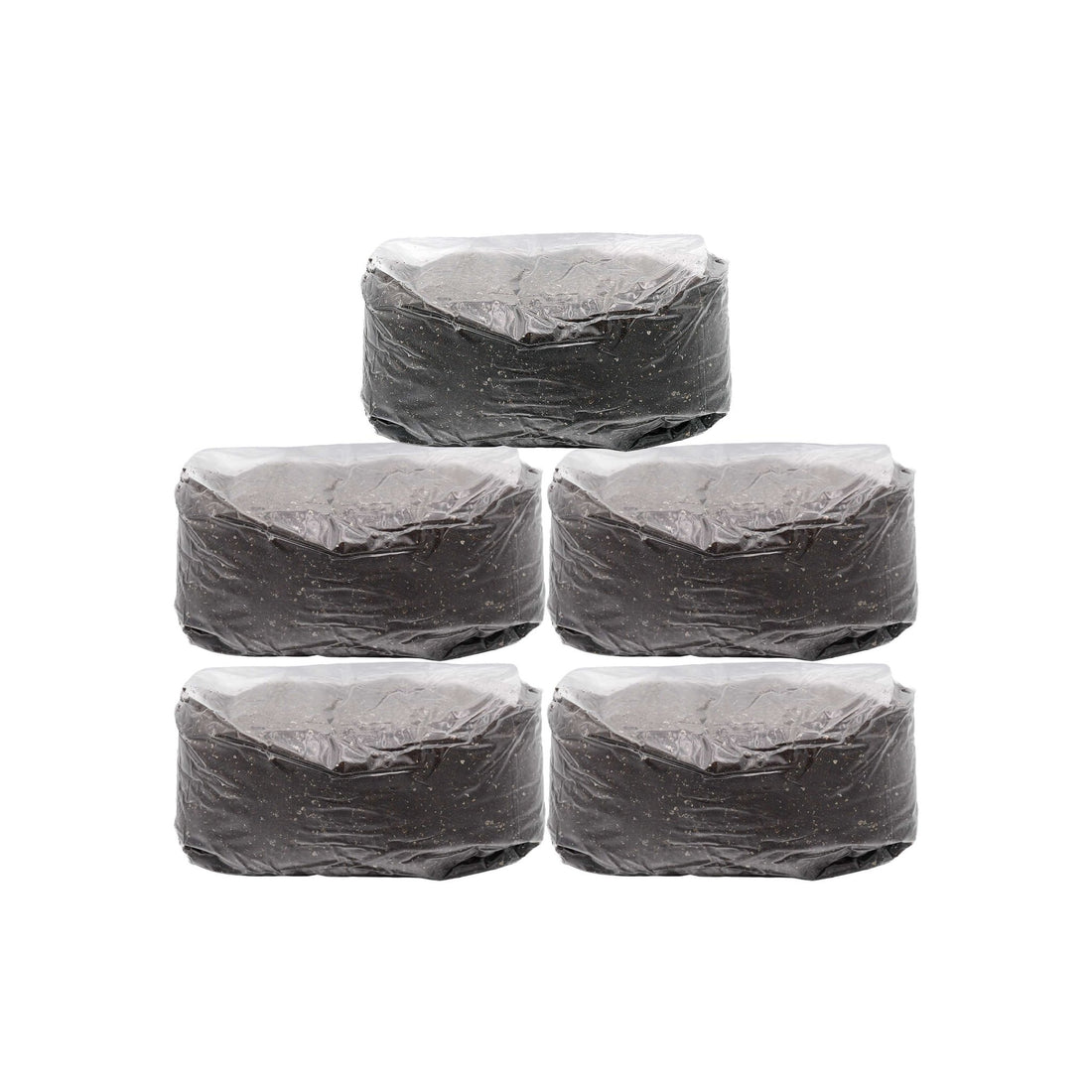
How to Use Manure Mushroom Substrate 25lbs
Share
How to Use Manure Mushroom Substrate 25lbs
Preparing Your Workspace
Before using the Manure Mushroom Substrate 25lbs, it’s essential to create a clean and sanitized environment to prevent contamination. While a laminar flow hood or still air box is ideal, following these steps can help you minimize contamination risks:
- Disinfect your work area thoroughly with rubbing alcohol or another sanitizing agent.
- Avoid working in areas with airflow from fans, air conditioners, or heating systems, as they can introduce airborne contaminants.
- Wipe down the outside of each substrate bag with rubbing alcohol to remove any surface contaminants.
- Sanitize your hands and tools, such as scissors or knives, before handling the substrate bags.
If you don’t have access to a laminar flow hood, using a still air box can significantly reduce the risk of airborne contaminants. Always ensure a clean workspace before starting the inoculation process.
Preparing the Manure Mushroom Substrate Bags
The Manure Mushroom Substrate 25lbs comes in 5 x 5lb bags of pasteurized substrate. Before inoculating, each bag needs to be slightly inflated to allow proper gas exchange through the 5-micron filter patch. Here’s how to prepare the bags:
- Gently grasp the opposite gussets of each bag and pull them apart to allow air to enter through the filter patch.
- Repeat this motion a few times until the bags are slightly inflated, ensuring they’re ready for inoculation.
Inoculating the Manure Mushroom Substrate Bags
1. Prepare Your Spawn
Before inoculating the substrate, you’ll need to have fully colonized grain spawn. Grain spawn can be prepared by inoculating grain jars or grain bags with spores or liquid culture. If you’re unsure how to prepare grain spawn, refer to our guide on grain inoculation.
2. Cut Open the Substrate Bags
Once your spawn is fully colonized, use sanitized scissors or a sterilized knife to carefully cut open the top of each substrate bag as close to the heat seal as possible. Be careful not to damage the filter patch or the sides of the bag.
3. Add Your Colonized Grain Spawn
After opening the substrate bags, gently break up the colonized grain spawn to ensure even distribution. For spawn stored in jars, use a sterilized tool like a butter knife to break up the grains. For spawn in bags, gently massage the bag to loosen the grains before adding them to the substrate.
Each 5lb bag of manure substrate can be inoculated with about 1 pound (or 1 quart) of colonized spawn. You may add more spawn if you wish to speed up the colonization process, but the 1:5 ratio generally provides excellent results.
4. Seal the Substrate Bags
After adding the spawn, reseal the substrate bags to maintain an airtight environment. The best method is to use an impulse sealer, ensuring a secure and airtight closure. If you don’t have an impulse sealer, fold the bags several times and secure them with large paper clips or tape. Avoid using porous materials like micropore tape, as it won’t create the airtight seal needed for proper colonization.
Incubating the Manure Substrate
Once inoculated, store the substrate bags upright to ensure the 5-micron filter patch remains unobstructed for gas exchange. Keep the bags in a room-temperature environment between 65-75°F, away from direct sunlight or fluctuating temperatures. The colonization process typically takes 3-4 weeks, depending on environmental factors and the mushroom strain you are growing.
Monitor the mycelium’s growth during this period, ensuring that it spreads evenly throughout the substrate. If growth seems to stall, check that the filter patch isn’t blocked and that the bag has proper airflow.
Introducing Fruiting Conditions
After the substrate has fully colonized, it’s time to introduce fruiting conditions to trigger mushroom growth. You should notice hyphal knots—small white bumps that indicate the start of mushroom pinning. Follow these steps to initiate fruiting:
- Open the substrate bag daily to allow fresh air to enter, promoting pinning and fruiting through air exchange.
- Maintain high humidity levels (around 90%) by lightly misting the substrate bag. Be cautious not to over-mist, as excess moisture can lead to aborts during the pinning stage.
- Monitor mushroom growth, and harvest them just before the caps fully open to avoid spore release, which can interfere with future flushes.
Harvesting Mushrooms
To harvest mushrooms, gently twist and pull them from the substrate to avoid damaging the mycelium. After harvesting, continue misting the substrate and fanning the bag daily to encourage additional flushes. Proper care can result in multiple flushes from each 5lb bag of substrate.
Contamination Prevention
While pasteurized substrates are more resistant to contamination than sterilized substrates, it’s still essential to monitor the bags during colonization and fruiting. Signs of contamination include unusual colors, foul odors, or slime build-up. If contamination occurs, discard the affected bag and sanitize your workspace to prevent it from spreading to other projects. Regular inspections can help catch contamination early.
Conclusion
The Manure Mushroom Substrate 25lbs is a great bulk option for cultivating dung-loving mushroom species. By following these steps for inoculation, incubation, and fruiting, you can achieve healthy mushroom flushes with ease. Maintaining a clean workspace and ensuring proper airflow are key to maximizing your yields and enjoying multiple flushes from each substrate bag.
